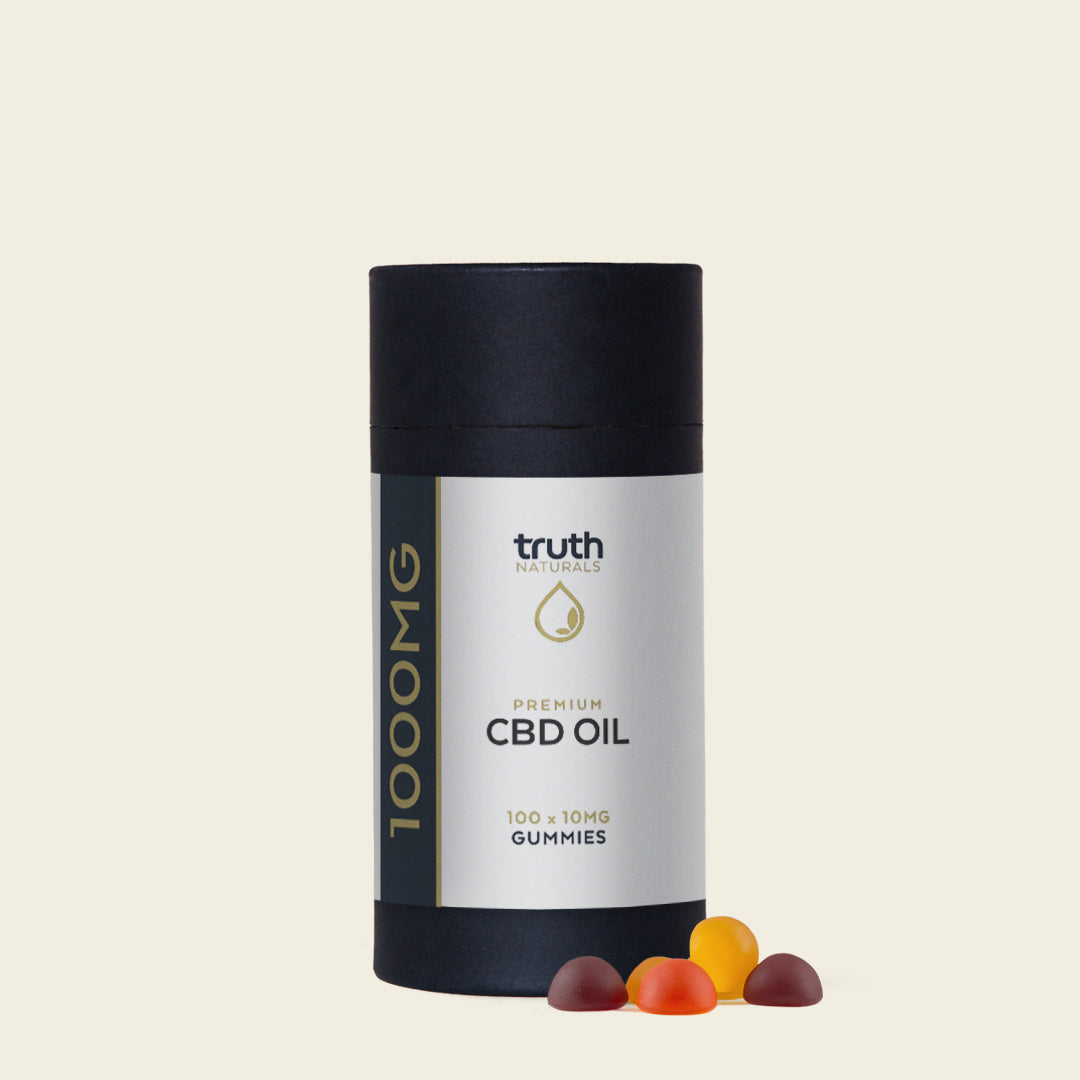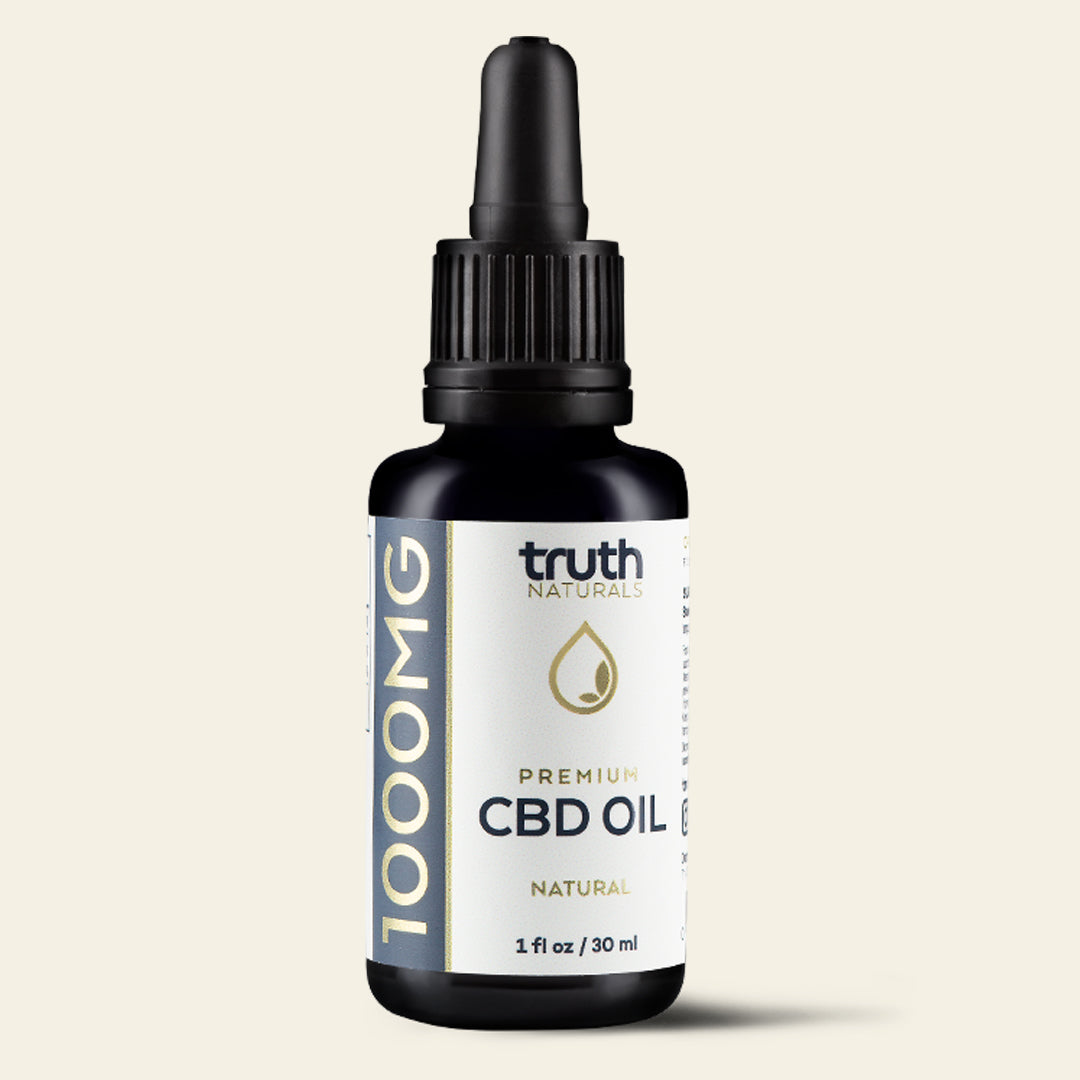What is Mindfulness?
BLOG BY REBEKAH. C
& how can you make the most of it?
Mindfulness is a common term in today’s landscape. We hear people talking about mindfulness on podcasts, and psychiatrists recommend it in all kinds of therapeutic practice. However, many people still don’t understand what mindfulness really means.
The term “mindfulness” describes our ability to be fully aware and present in any moment. Rather than thinking about the past or future, we’re responding specifically to the moment we’re in, hopefully without being overwhelmed. [1]
On the surface, mindfulness seems simple enough. All you need to do is pay attention to what’s going on around you.However, a lot of the time we’re so absorbed by our own thoughts, we don’t even realise how rarely we’re “mindful” of what’s happening.
Here’s your guide to mindfulness, and how you can make the most of it.
Defining Mindfulness: Being in the Moment
The mind is a wonderful place, but it can also be an overwhelming one.
One negative thought can leave us trapped in our heads, thinking too deeply about the things that “might happen”, or the things that “have happened”.
When you’re consumed by your thoughts, you can’t appreciate and enjoy the world around you. It’s easy to feel overwhelmed and out of control in this situation. This is why mindfulness is often recommended as a treatment for depression, anxiety, and even stress.[2]
The good news is that even if you haven’t practiced mindfulness before, you have the skills to do it. Every human being can already push themselves into the “moment”, and out of their thoughts. Some of us just need a little bit of extra practice.
What are the benefits of mindfulness?
Studies into the effects of mindfulness on psychological health are ongoing, but many have already seen positive results.[3] Mindfulness involves not just being aware of your thoughts, feelings, and sensations, but accepting them as they happen. You allow feelings and ideas to come and go, without focusing too heavily on one specific concept.
Research shows that this practice of self-acceptance can change the physiology of the brain and body in a way that strengthens us and prepares us to deal with all kinds of stressful situations. Just some of the major benefits of mindfulness include:
- Reduced stress: Mindfulness reduces the physiological markers of stress and improves the brain’s ability to handle stress. Mindfulness does this by increasing connectivity in the dorsolateral prefrontal cortex – the part of the brain responsible for focus.
- Lowers anxiety: Mindfulness is shown to significantly reduce feelings of anxiety in adults and adolescents – but up to as much as 38%.[4] Mindfulness reduces our anxiety by increasing the activity in the part of the brain responsible for processing emotional and logical information.
- Restored emotional balance: Emotional situations are enough to knock any of us out of equilibrium.[5] Fortunately, mindfulness can allow us to let go of negative feelings, by keeping the emotional brain in balance.
- Improves pain management: Mindfulness could improve physical comfort, as well as mental wellbeing.Studies show mindfulness can reduce pain without activating the opioid system in the body, which reduces the risk of addictive side effects.[6]
- Slows aging: Mindfulness could be helpful at slowing the progression of cognitive disordered related to age, like dementia and Alzheimer’s. The activity of mindfulness meditation can increase the connections in the brain activated when people think about the future or remember moments from the past.
How can you leverage mindfulness?
There are various ways to practice mindfulness. The goal in any situation is to achieve a state of focused relaxation, where you allow yourself to feel and think whatever you need to in the moment. Basic mindfulness meditation usually involves sitting and focusing on your natural breathing, or on a mantra that you can repeat in your head.
You can learn to meditate on your own, or there are a range of videos and apps to assist you with the process too. Some people benefit from the support of an instructor if they have issues with relaxation. When used for pain management, mindfulness is often directed by a professional, with a focus on specific medical outcomes. If you decide to practice mindfulness on your own:
#1 Be aware: Notice the subtle changes in the sensations of your body. You might notice slight tingling or itching sensations around your body. Try not to do anything about them – just let them pass without focusing on them.
#2 Understand emotions: Allow your emotions to happen without trying to find deeper meaning in them. Practice steady and relaxed definitions of your emotions, like frustration, joy, or even boredom, without judgement.
#3 Notice cravings: Cope with cravings by noticing how your body feels as you initially encounter the craving. Focus on reminding yourself that like other sensations, this feeling will subside.
#4 Go with the flow: In mindfulness meditation, once you establish your state of concentration, don’t try to direct yourself to think or feel a certain way.Don’t judge anything as “good” or “bad” just go with the flow of your experiences.
#5 Look at the bigger picture: Aside from being aware of what’s going on inside your body, be aware of what’s happening externally too. You might notice sounds, sights, and feelings that transform your experience in the moment. The challenge here is trying not to latch on to a specific idea or feeling.
#1 Be aware: Notice the subtle changes in the sensations of your body. You might notice slight tingling or itching sensations around your body. Try not to do anything about them – just let them pass without focusing on them.
#2 Understand emotions: Allow your emotions to happen without trying to find deeper meaning in them. Practice steady and relaxed definitions of your emotions, like frustration, joy, or even boredom, without judgement.
#3 Notice cravings: Cope with cravings by noticing how your body feels as you initially encounter the craving. Focus on reminding yourself that like other sensations, this feeling will subside.
#4 Go with the flow: In mindfulness meditation, once you establish your state of concentration, don’t try to direct yourself to think or feel a certain way.Don’t judge anything as “good” or “bad” just go with the flow of your experiences.
#5 Look at the bigger picture: Aside from being aware of what’s going on inside your body, be aware of what’s happening externally too. You might notice sounds, sights, and feelings that transform your experience in the moment. The challenge here is trying not to latch on to a specific idea or feeling.
As you may notice when you begin practicing mindfulness for the first time, the experience isn’t always as relaxing as it seems. Trying not to focus on a specific feeling or thought isn’t always easy. Try to stick with it and practice as often as you can to build your emotional strength and self-awareness. If you notice your mind wandering, gently try to redirect it back into the present moment.
It can take a while before you feel confident fully staying in the present.
Try Your First Mindfulness Exercise:
Learning to stay actively engaged in the present isn’t always easy, but anyone can get started. To start your first mindfulness exercise:
#1 Sit cross-legged on the floor, or on a straight-backed chair
#2 Focus on your breathing, feeling the air enter your lungs, and flow back out
#3 Widen your focus beyond your breathing to start noticing other things, like the sensation of your body, the sounds around you, and thoughts.
#4 Embrace each sensation and thought without judgement and try to stop your mind from lingering for too long on one concept.
Gradually, you’ll become more comfortable slipping into your state of mindfulness when you need to relax, let go of stress, or just be more aware of the moment.
References
[1] https://www.mindful.org/what-is-mindfulness/
[2] https://www.mindful.org/how-mindfulness-may-change-the-brain-in-depressed-patients/
[3] https://www.ncbi.nlm.nih.gov/pmc/articles/PMC3679190/
[4] https://academic.oup.com/scan/article/9/6/751/1664700
[5] https://www.frontiersin.org/articles/10.3389/fnhum.2016.00451/full
[6] https://www.jneurosci.org/content/35/46/15307









